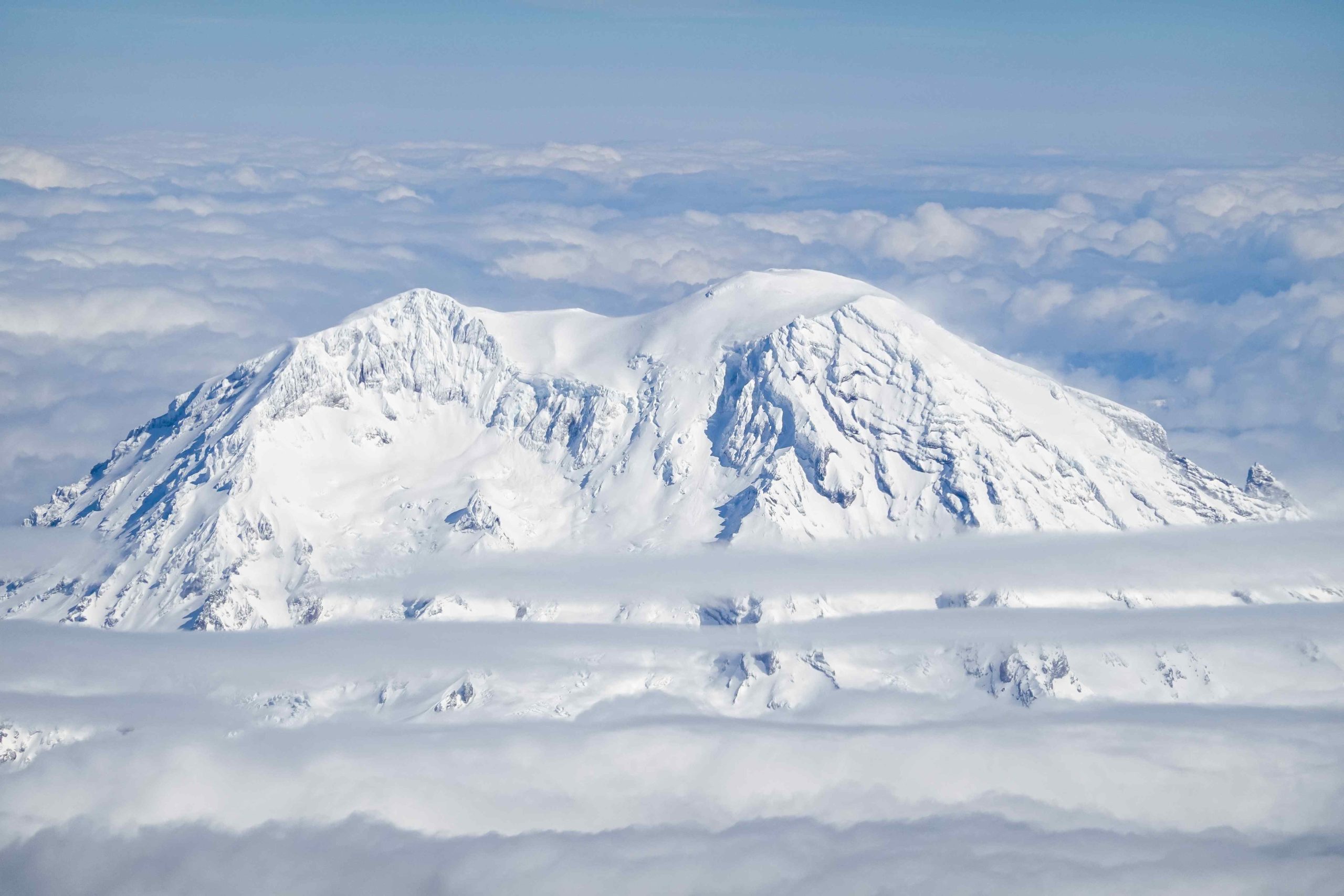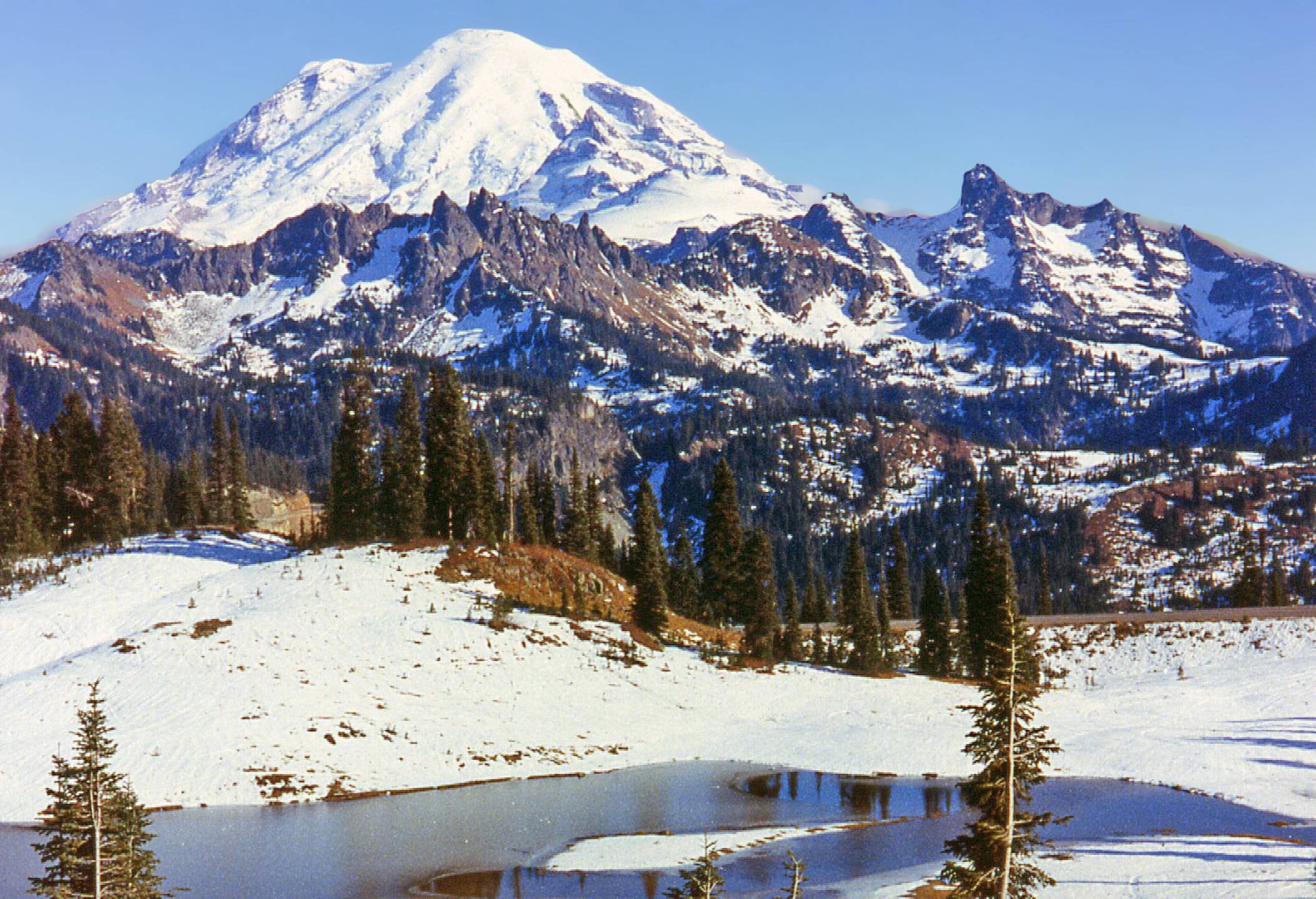Twin Lakes Mount Rainier, located in the William O. Douglas Wilderness near Mount Rainier National Park, offers a serene escape for hikers and nature enthusiasts. The area features two pristine alpine lakes surrounded by lush forests and wildflower meadows. With a moderate 7-mile round-trip trail and an elevation gain of 930 feet, Twin Lakes provides a perfect blend of challenge and accessibility for outdoor adventurers. The lakes offer opportunities for fishing, camping, and photography, making it a versatile destination for various outdoor activities.
What Are the Key Features of Twin Lakes Mount Rainier?

Twin Lakes Mount Rainier boasts several distinctive features that make it a popular destination:
- Two pristine alpine lakes
- Surrounding wildflower meadows
- Views of Mount Rainier (on clear days)
- Diverse wildlife, including elk and various bird species
- Access to connecting trails, including the Pacific Crest Trail
How Do I Access the Twin Lakes Trail?

To reach the Twin Lakes trailhead:
- From Enumclaw, follow SR 410 east for 64 miles
- Turn right onto Bumping Lake Road
- Pass Goose Prairie and reach Bumping Lake Campground
- Take the gravel FR 1800 for 2.3 miles
- Bear right onto FR 1808
- Continue for 7.1 miles to the Deep Creek Campground trailhead
Note: The access road can be rough and may require a high-clearance vehicle.
What Can I Expect on the Twin Lakes Hiking Trail?
The Twin Lakes hiking trail offers a diverse and scenic experience:
- Trail Length: 7 miles round-trip
- Difficulty: Moderate
- Elevation Gain: 930 feet
- Trail Features:
- Forest sections
- Creek crossings
- Wildflower meadows (seasonal)
- Views of both Twin Sisters Lakes
- Junctions with other trails (Sand Ridge Trail, Pacific Crest Trail)
Are There Camping Options at Twin Lakes Mount Rainier?
Yes, camping is available at Twin Lakes Mount Rainier:
| Camping Type | Location | Reservation | Amenities |
|---|---|---|---|
| Formal Sites | Near trail junctions | May require wilderness permit | Limited, primitive |
| Informal Sites | Around lakes | No reservation needed | None, follow Leave No Trace |
Important Notes:
– Wilderness permits can often be self-issued at the trailhead without a fee
– No developed water sources; bring your own or filter from lakes
– Check local regulations for campfire restrictions
What Are the Best Photography Opportunities at Twin Lakes?
Twin Lakes Mount Rainier offers numerous photographic opportunities:
- Best Times for Photography:
- Early morning: Capture misty lakes and soft light
-
Late afternoon: Golden hour lighting on landscapes
-
Prime Locations:
- Shores of both Twin Sisters Lakes
- Junction with Sand Ridge Trail
-
Campsites above the east shore of the larger lake
-
Photography Tips:
- Use a wide-angle lens for expansive lake and landscape shots
- Employ a polarizing filter to reduce glare on water surfaces
- Bring a telephoto lens for wildlife photography
- Consider using a tripod for low-light conditions and sharper images
What Wildlife Might I Encounter at Twin Lakes Mount Rainier?
Twin Lakes Mount Rainier is home to diverse wildlife:
- Elk (commonly seen in meadows)
- Various bird species
- Small mammals (chipmunks, squirrels)
- Insects (including colorful dragonflies)
Remember to observe wildlife from a safe distance and never feed wild animals.
How Should I Prepare for a Trip to Twin Lakes Mount Rainier?
To ensure a safe and enjoyable trip to Twin Lakes Mount Rainier:
- Check weather conditions before departing
- Bring appropriate hiking gear (sturdy boots, layers, rain gear)
- Pack plenty of water and snacks
- Carry a map and compass (or GPS device)
- Bring a first-aid kit
- Inform someone of your hiking plans
- Familiarize yourself with Leave No Trace principles
What Are the Fishing Regulations at Twin Lakes Mount Rainier?
While specific regulations for Twin Lakes are not provided, general guidelines for fishing in wilderness areas include:
- Obtain a valid Washington state fishing license
- Check with the Washington Department of Fish and Wildlife for current seasons and regulations
- Be aware of catch limits and size restrictions for different fish species
- Practice catch-and-release to maintain fish populations
Always verify current regulations before fishing at Twin Lakes Mount Rainier.
How Can I Minimize My Impact While Visiting Twin Lakes Mount Rainier?
To preserve the natural beauty of Twin Lakes Mount Rainier:
- Stay on designated trails to prevent erosion
- Pack out all trash, including food scraps
- Use established campsites when possible
- Properly store food to avoid attracting wildlife
- Use biodegradable soap for washing, and do so away from water sources
- Respect quiet hours and wildlife habitats
- Follow all local regulations and guidelines
By following these principles, we can ensure that Twin Lakes Mount Rainier remains a pristine wilderness for future generations to enjoy.
References:
1. Twin Sisters Lakes – Washington Trails Association
2. Hike to Twin Sisters Lakes | Visit Rainier
3. Twin Lakes Weekend Camping Trip with the Aliens – Savvy Exploring
